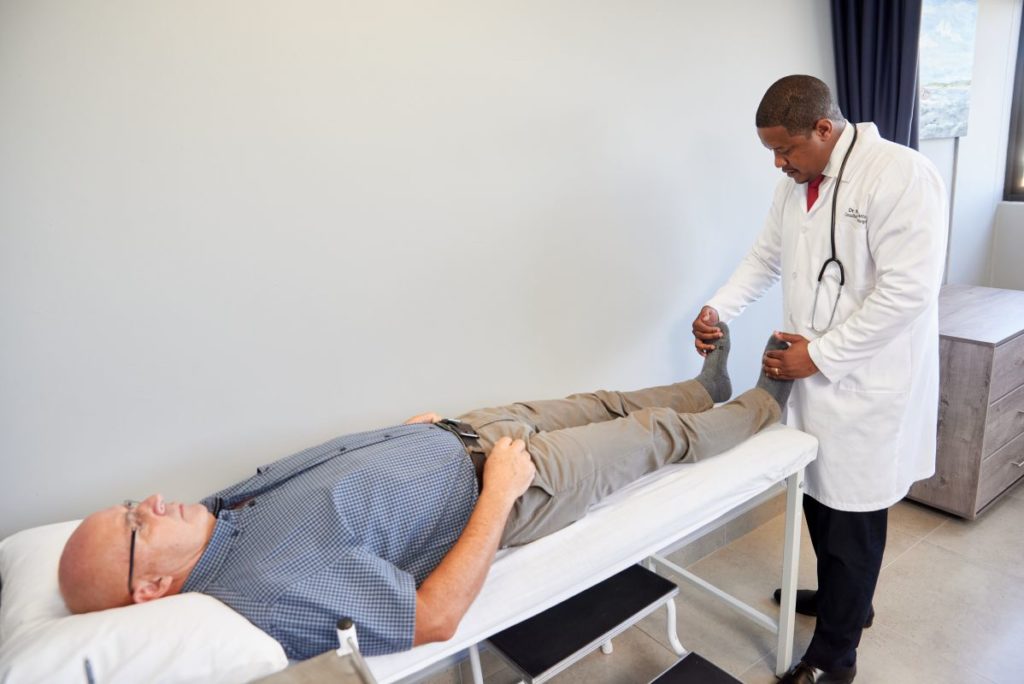Services & Treatments
A full range of neurosurgical procedures and treatments are available at Windhoek Neurosurgical Centre.
Cranial treatments include but not limited to:
This treatment allows better access to the brain by removing the skull bone. Once the condition or disease has been treated, the skull bone is replaced and secured with titanium plates and screws.
A less invasive form of brain surgery, this option allows access through the nose to tumours located on the under surface of the brain.
This treatment involves a tube attached to a camera lens being passed into the brain and it is used to treat hydrocephalus by creating a passage for the normal flow of brain fluid (cerebrospinal fluid). This procedure is an alternative to a ventriculoperitoneal shunt.
This treatment involves a tube being placed in the ventricles and connected to a pressure valve which opens when the pressure in the brain is elevated. The valve is subsequently connected to a tube that is placed in the abdominal cavity.
This treats conditions causing raised pressure in the brain by inserting a temporary drain within the ventricles (chambers of the brain).
This involves a device being placed in the brain and connected to a monitor. It is mainly used in managing traumatic brain injuries with raised brain pressure and sometimes following brain tumour surgery to closely monitor the patient.
This surgery involves the removal of the occipital bone (back of head) to gain access to the cerebellum and treat conditions affecting it.
This is an operation to remove a brain tumour. If the tumour cannot be safely removed entirely, partial tumour excision is performed with the remainder of the tumour treated with radiation or chemotherapy.

Quality healthcare for yourself & your family
In addition, spine treatments include
This is surgery involving the neck spinal bones to treat conditions causing neck or arm pain or weakness in arms.
These are operations to the posterior spinal bones of the upper back. Conditions can include tumours, herniated (slipped discs), and fractures.
These are operations to the lower back to treat leg pain, tumors, and fractures.
This treatment involves partial removal of the cushions between the vertebral body to relieve pain and compression of the nerves supplying the arms or legs.
This surgery involves complete or partial removal of tumours (growths) occurring in the spine, with surgery able to cure certain tumours.
For back pain that does not require surgery, an injection (epidural) can be administered to the lower back which alleviates back pain by decreasing inflammation in the nerves. This is often combined with a rehabilitation plan.
This involves removal of the entire cushion (disc) between the bones in the neck to treat arm or neck pain and arm weakness. The removed cushion is replaced with a plastic or bone spacer.
This involves partial removal of the bony elements in the back due to compression of the spinal cord or nerve roots.
This operation is required when there is instability in the bones in the lower back resulting in leg weakness and or pain. The instability can be due to trauma (accidents) or age-related degeneration of the joints in the lower back that maintain stability. It involves the placement of screws in the lower back to stabilize the backbones.
